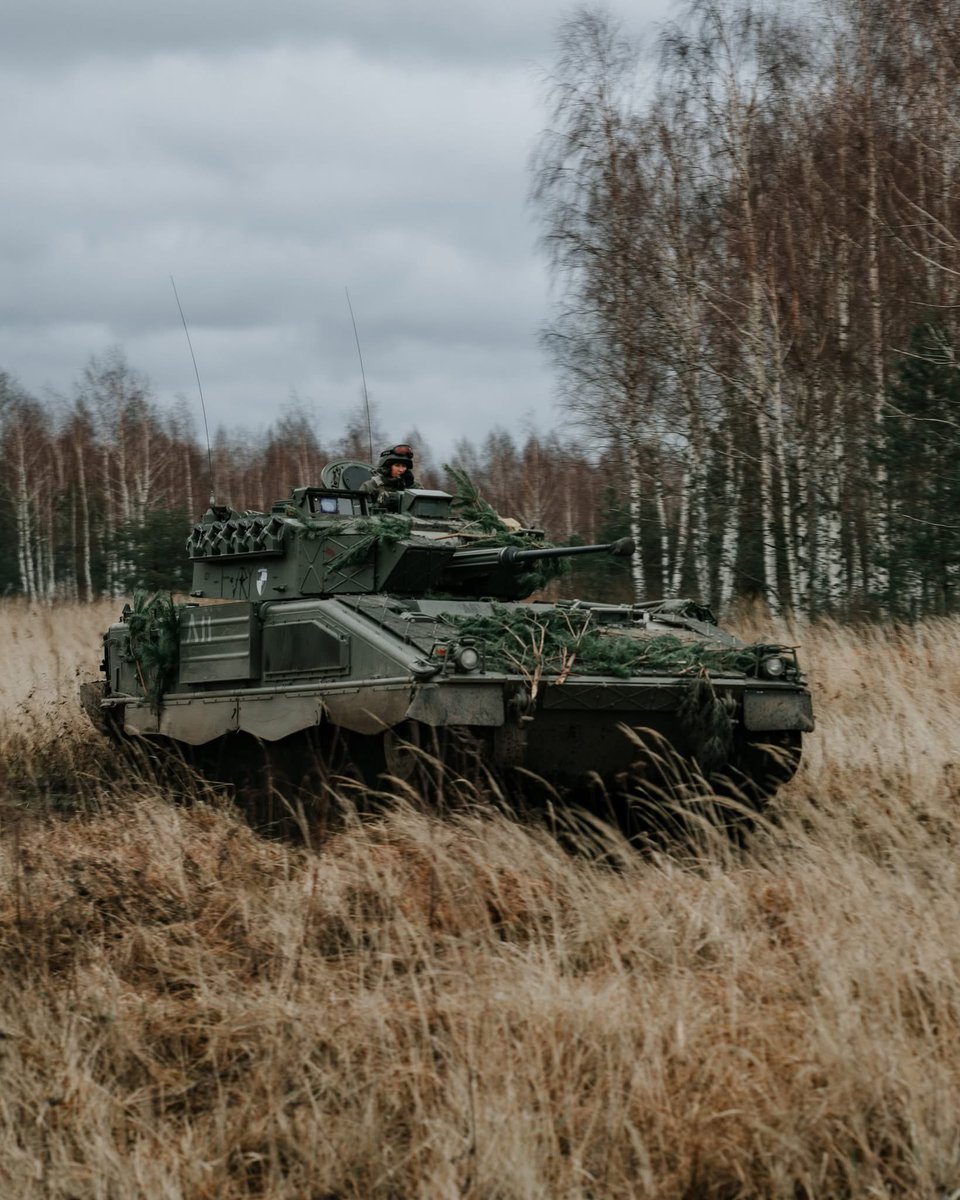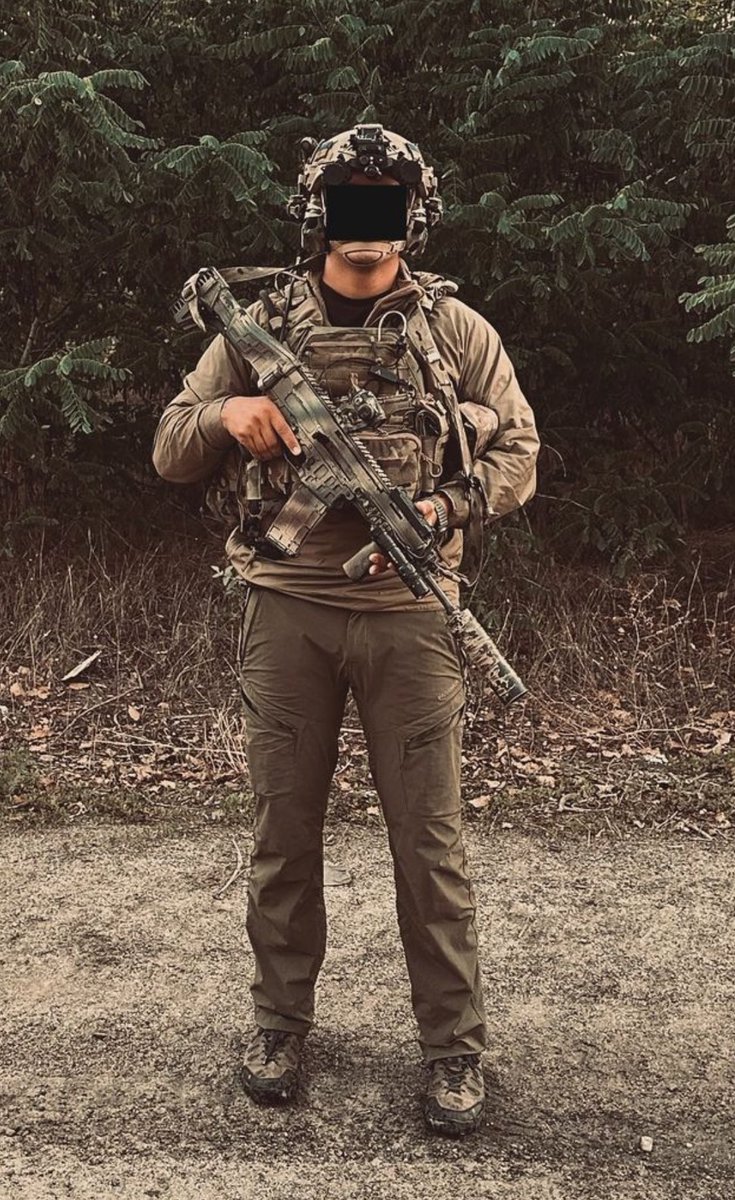🇨🇿#Czechia: HUGE NEWS ABOUT CZECH ARMS SUPPLIES TO ASIA.
According to a source from the Czech government, during the current visit of Czech Prime Minister Petr Fiala to 🇻🇳#Vietnam, major cooperation in security-defence is planned.
1/5
According to a source from the Czech government, during the current visit of Czech Prime Minister Petr Fiala to 🇻🇳#Vietnam, major cooperation in security-defence is planned.
1/5

Vietnam is particularly interested in additional L-39NG aircraft, of which it has ordered 12 in 2021 and deliveries of the first units are due to start this year. The delivery of L-410NG transport aircraft was also discussed. Both products are under @Omnipol1934 group.
2/5

2/5


Omnipol officials also held talks about possible sale of dual-use radars to be installed in civilian and military airports.
@stv_group and @CSG_HOLDING discussed possible contracts to upgrade Vietnam’s Soviet-made tanks and armoured vehicles with advanced technologies, including… twitter.com/i/web/status/1…

@stv_group and @CSG_HOLDING discussed possible contracts to upgrade Vietnam’s Soviet-made tanks and armoured vehicles with advanced technologies, including… twitter.com/i/web/status/1…


There has also been talks about possible delivery of new armoured vehicles, rocket launchers and howitzers produced by @excaliburarmycz, a @CSG_HOLDING company. CSG's portfolio includes products such as the #Patriot II IMV, RM-70 #Vampire, #Dita and #Morana SPH's, #Titus MRAV and… twitter.com/i/web/status/1… 







The possible sale of firearms by the CZ Colt Group was also discussed.
It should be added that recently there have also been discussions about arms deliveries to 🇮🇩#Indonesia, the 🇵🇭#Philippines and allegedly also to 🇹🇼#Taiwan. This only proves that the 🇨🇿#Czech Republic has a… twitter.com/i/web/status/1…
It should be added that recently there have also been discussions about arms deliveries to 🇮🇩#Indonesia, the 🇵🇭#Philippines and allegedly also to 🇹🇼#Taiwan. This only proves that the 🇨🇿#Czech Republic has a… twitter.com/i/web/status/1…

@Rebel44CZ @JTBcz @oryxspioenkop @oryxspioenkopJP @TrentTelenko @noclador @AntoniWalkowski @AnnQuann @RemigiuszWilk @militarnyi_en @RyszardJonski @DRatka1 @AFVRec_ @IvoZelinka @MatyasZrno @TheBaseLeg @Artur_Micek @adamswierk99 @secretsqrl123 @strakovic151 @hroch32 @Cest__Carre… twitter.com/i/web/status/1…
• • •
Missing some Tweet in this thread? You can try to
force a refresh














































